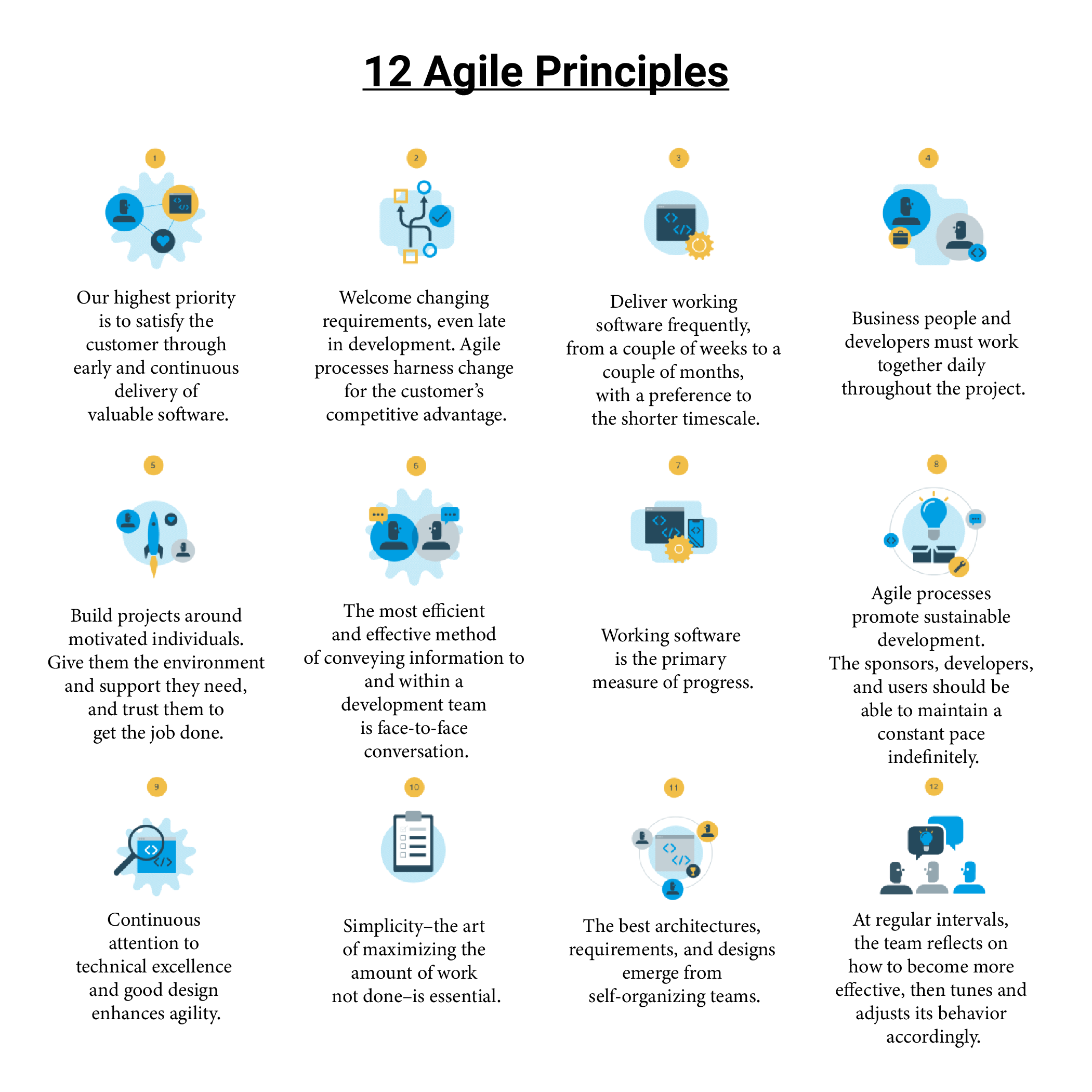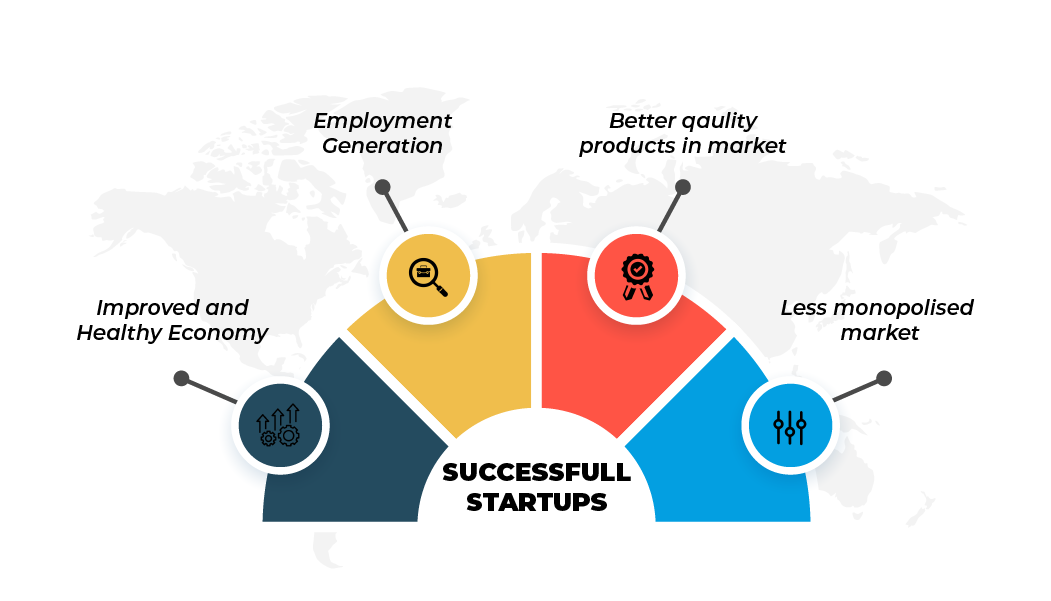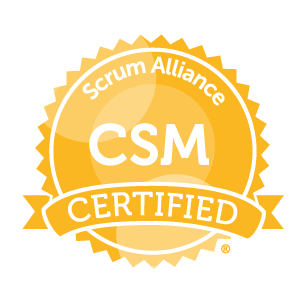Startups are the wave of the future. They are the execution of big and innovative ideas. While it empowers individuals to have an imagined future, it also creates a space for employment generation. From being your boss to sourcing unlimited income, constant growth and development, and constantly inspiring others, you can convert your dreams into reality through an excellent startup idea.
BUT …
Startup statistics show that about 90% of startups fail. (Failory) The number one reason why startups fail is due to misreading market demand – this is found in 42% of cases (CBInsights) The second most significant reason why startups fail is due to running out of funding and personal money (CBinsights)
We often come across success stories but hardly do we get to know what went behind that success or are unaware of businesses that fail. According to the US Census Bureau, the highest five-year survival rate for new companies is 51.3%. So, is it all about “Survival of the Fittest”? Yes, indeed. To that, let’s add smartest too. The market today has a plethora of fresh concepts and ideas; therefore, it can be challenging to stand out.
Let’s Understand the Challenges…
Competition – One of the corporate sector’s main challenges is the growing competitiveness brought on by changing trends. The environment of constant competition comes with both pros and cons. Because of this fierce competition, startups focus on being unique and the best, which takes them to heights, and it’s the same reason they frequently fail, for they cannot withstand the competition. So, answer this fundamental question, what makes your brand unique?
Funding – Once you are up with a plan and start building your product, you require capital. Usually, most projects are too work-intensive to be handled without capital. No matter how great the idea is, adequate funding and budgeting are the way to execute it. Convincing the investors of the ideas is not easy, and this scenario worsened after the pandemic. On top of that, choosing the right source for funding is equally challenging. Investment terms and conditions matter the most. As Jodie Fox rightly said, “When looking for funding, don’t just look for cash. Look for the right people.” So, are you aware of the potential financing options?
Uncertain and Complex Scenarios – Can you predict what’s happening tomorrow? No, right? You cannot even change what is about to happen, but you can at least be ready with flexible approaches to face it. Situations like customers’ changing priorities, the emergence of the pandemic, etc., burden the startup ecosystem even more. In this rapidly changing market scenario, opt to be a constant risk analyzer. Do you follow a solid strategy for responding to unpredictable circumstances?
Timing – Heard about Airbnb? The concept faced doubts as people thought no one would rent their space to a stranger. But the idea worked. With great views and execution, timing played an important role here. It started in 2008 when the economic recession was at its peak. People needed extra money, so they started renting their homes to strangers to overcome the situation. The best way to assess timing is to determine whether consumers are ready for what your company offers them. Are you sure it’s the right time?
Not prioritizing deliverables – In the race to create an extensive plan with one big release, companies tend to underestimate the power of prioritizing minimum viable products. Suppose the focus is to develop one big chunk of work at once; you might miss out on the features aligned to the customer requirement. So, How often do you release a Minimum Viable Product?
Customers trust – Customer is the reality. Winning a customer’s trust and being able to bring them back is one of the biggest challenges that startups face. Customer-centric business philosophy does the job here. Incorporating customer feedback and repetitive release of the improvised product is a challenge but, if tackled, can be a game-changer. What makes you believe that you are catering to the customer’s needs?
Right Team – The right team is the key. Finding someone who can comprehend your objectives can be difficult. Hiring the right team members during the initial stage of your business is very important to ensure business growth. One negative person is enough to alter the work environment. You hired the right people. Sure?
Agile Values and Principles If strategies are revised and rethought, execution becomes easy and apt. The corporate world is flooded with different methodologies to approach a business model or work culture. Here you will understand how the Agile way of working sustains what you started, based on the Agile Manifesto of 4 values and 12 principles. Let’s start with the values first.
· Individuals and Interactions over Processes and Tools
· Working Software over Comprehensive Documentation
· Customer Collaboration over Contract Negotiation
· Responding to change over following a plan
These values might have given you an idea about how agility will change your way of thinking and managing any project or business. The Agile principles will restate your thoughts regarding why agile is a buzzword and why fortune companies swear by it. If the values and principles are so on point, don’t you think the agile methodologies under this approach will help you with a successful business tomorrow?

Agile and Startups. Here’s how it goes together! With its adoption develops a mindset. The mindset that wields all weapons and leads the warfare. Well, that’s the primary benefit of agile. Developing an agile mindset and culture is the first step toward an unconventional way of working
1. Increase frequency of Minimum Viable Products With agile, one does more in short cycles known as sprints and delivers the minimum viable product to the market more often rather than waiting for a deadline. By integrating constant feedback from all stakeholders and collectively deciding on the product vision, teams create products that are right for both the business and customers. This practice guarantees that a product or service never goes out of fashion and is unique in the market. An agile framework aids in developing a workflow that enables the fast release of deliverables. The break-even point occurs much sooner, and the overall project ROI increases if revenue gets generated after the first month.
2. Allows a High-Performing Team In a traditional setup, professionals with the same skills and varying expertise come together to work as a team. Agile believes in cross-functional teams of individuals with diverse skills working toward a common objective. As a result, every team member gains a sense of ownership, and they choose the best course of action and take complete responsibility for the outcomes. Everyone is aware of each other’s work, increasing transparency and scope to pitch ideas.
3. Makes you Adaptable Agile project management facilitates change and evolution. It is a significant plus for startups because the ecosystems are constantly changing, and any business that adjusts remains ahead of the curve. It helps respond to the shifting market demands more rapidly and enhances services. Within agile enterprises, short iterations and increments benefit during unusual shifts. Agile helps in risk assessment to adjust actions as necessary. Undoubtedly, disruptions are frequent in this industry, so agile businesses have internal trainers and L&D teams to handle employees’ upskilling requirements.
4. Save Budgets Small businesses usually operate on very tight budgets in the early days. With a small team and limited resources, one should avoid taking on tasks that can wait. With agile, one learns to prioritize goals according to the money available. That’s where agile helps strategize and prioritize work. It means doing less and gaining more. Feedback loops and cross-functional teams take care of only the absolute necessities. That way is, not only expenditures cut, but it also minimizes the likelihood of committing to wasteful work
5. No Burnouts One of the significant purposes of implementing agile is to establish a culture that sustainably fosters enthusiasm and excellence. Fortunately, agile provides a roadmap for your businesses to get there. Agile development methodologies guide you on setting sensible goals for your teams within defined time frames and how to lead with empathy and inspire passion. The team members learn to consider and work on essential tasks to remain active and motivated. This way, the enterprise grows, and so does the entrepreneur as a leader and motivator. Burnouts are cruel beasts, and avoiding them should always be the priority.
Summary
No! Agile cannot help you predict the future or stop the customer’s shifting priorities, but it can help you deal with them. It can help you satisfy customer needs. It can help you grow and sustain. It indeed is a strategy that is success-oriented and future-proof. Here is a bigger picture of how beyond personal benefits, you are contributing through exponentially growing startups (pat yourself! you are doing great!)

Now the question is how to master agile? The answer lies in the right course, expert trainers, and, most importantly, your zeal to learn better management skills and witness the change.
























One Response